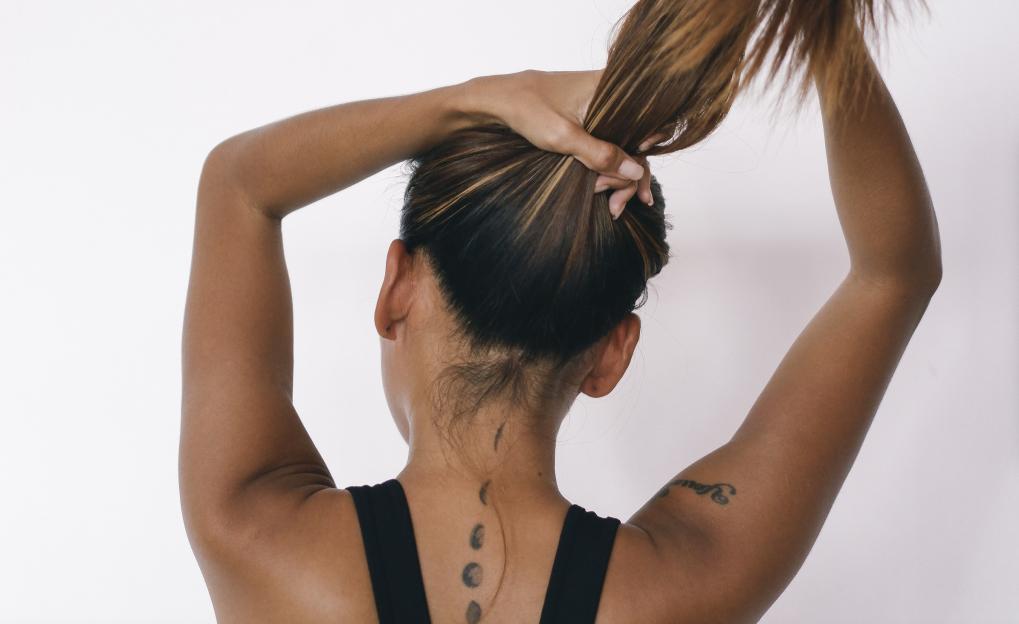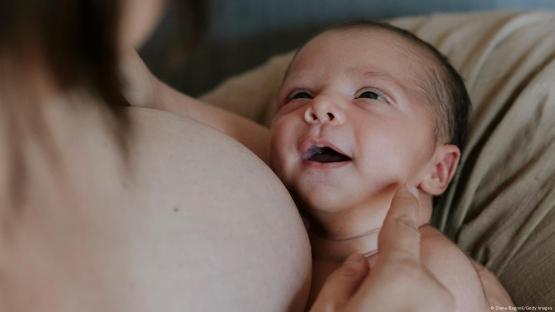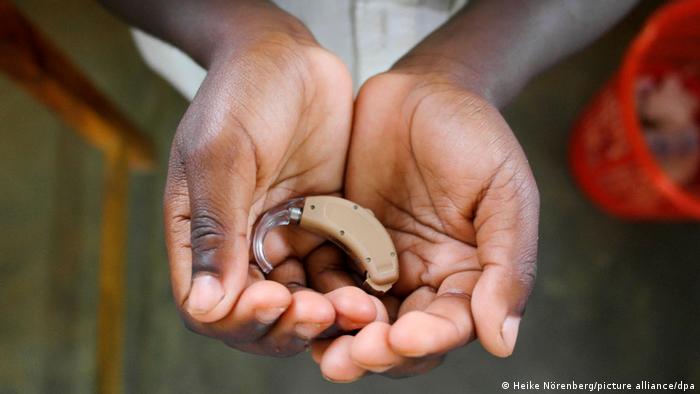A WOMAN has revealed that she could lose her thumb after a nail technician made a mistake.
Sue, 48, from Perth, Australia, had treated herself to a manicure at a local beauty salon.
When sitting down for the treatment, Sue said the technician mistook her natural nails for acrylics.
This type of nail is a mix of powder and liquid monomer which are combined and placed over your nail and at the end to create extensions and enhancements.
Thinking that she had acrylics on, the technician started to file Sue’s nails down with a tool before soaking them in acetone to remove what the tech believed were extensions.
Speaking to Nine News Sue said: “I did tell them they were my actual nails, but they kept grinding them still.”;;
After the treatment, Sue contracted a bacteria called staph.
The NHS states that this bacteria lives harmlessly on many people’s skin, often in the nose and armpits and on the buttocks.
Guidance states that the bacteria only usually causes an infection if they get into the skin for example, through a bite or a cut.
It can spread to others through close skin contact, sharing things like towels or toothbrushes and coming into contact with droplets in coughs and sneezes, which the NHS states is less common.
After being infected, Sue said she spent five days in hospital after finding out that part of her thumb bone would have to be removed.
She said: “It really throbs and you can’t get away from it.
“You wouldn’t go into a dirty dentist, so why would you go into a dirty nail bar?”;;
Doctors told Sue that the worst case scenario is that she loses her thumb, and she is now seeking compensation as she says hygiene rules were not followed.
The NHS says that the bacteria can also cause more serious infections like blood poisoning and toxic shock syndrome.
The symptoms you need to know include:
- a painful red lump or bump on the skin
- hot, red and swollen skin
- sores, crusts or blisters
- sore, red eyelids or eyes
In Australia, nail salon customers are covered by consumer law, but when it comes to hygiene there are no laws, only guidelines.
In nail salons, all tools need to be cleaned comprehensively between clients.
Those opening salons in the UK need to follow guidance from the Health and Safety at Work Act 1974.
This is primary legislation that regards health and safety for businesses in Englandand Wales.
If you think you have an infection you should see your GP, especially if you think it’s getting worse and it lasts more than a week.
In the event of an emergency, always call 999 or visit your nearest A&E.




